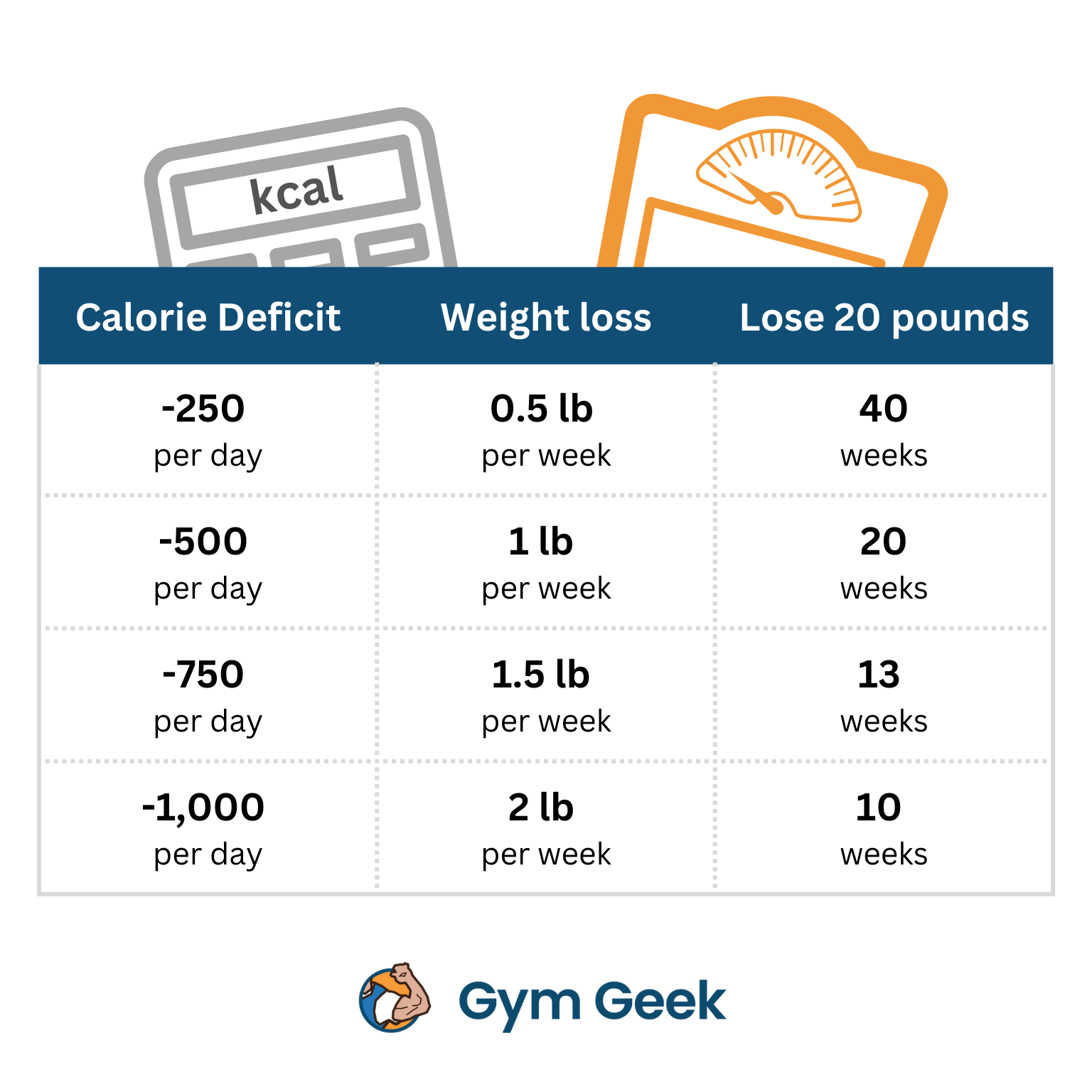Have you ever wondered why dieting sometimes feels like an uphill battle? You exercise, eat healthy, but the scale barely moves. Here’s where a calorie deficit calculator becomes your secret weapon. It’s not magic—it’s math, combined with science-backed insights on fat metabolism, appetite control, and energy balance.
Millions of Americans struggle with weight management, and understanding how many calories your body actually burns versus consumes is the first step toward sustainable fat loss. A calculator helps you pinpoint the exact caloric deficit you need for safe, effective weight reduction.

Why Calorie Deficit Matters
To shed pounds, you must burn more calories than you consume. But how much is enough? Too small a deficit means slow progress. Too large can cause fatigue, nutrient deficiencies, and loss of lean muscle. A calorie deficit calculator helps you:
-
Estimate your daily caloric needs based on age, weight, height, and activity level
-
Set realistic weight loss goals without harming your metabolism
-
Track your fat loss progress while preserving muscle mass
Feeling stuck in your weight loss journey? Using precise numbers can transform frustration into motivation and measurable results.
How a Calorie Deficit Calculator Works
Most calculators rely on Total Daily Energy Expenditure (TDEE), combining:
-
Basal Metabolic Rate (BMR) – calories burned at rest
-
Activity Level – calories burned through movement and exercise
-
Thermic Effect of Food – calories used to digest food
By subtracting a safe calorie deficit (usually 500–750 calories/day), you can achieve a 1–2 pound weight loss per week, which is considered sustainable.
Benefits Beyond the Scale
A calorie deficit calculator isn’t just about weight loss—it impacts overall health:
1. Fat Metabolism & Insulin Sensitivity
Creating a deficit encourages your body to burn stored fat. Over time, it may:
-
Improve glucose metabolism
-
Enhance insulin sensitivity
-
Support blood sugar and glycemic control
2. Appetite Control & Digestive Health
Monitoring caloric intake helps regulate hunger cues. Combined with high-fiber foods, it can reduce:
-
Bloating and acid reflux
-
Constipation or irregular digestion
-
Cravings for sugar and processed foods
3. Heart & Metabolic Health
Gradual fat loss and better glucose control can:
-
Lower cholesterol levels and triglycerides
-
Reduce cardiovascular risk
-
Improve liver function and detoxification
4. Skin & Immune Benefits
Stable nutrition and moderate caloric intake can:
-
Improve skin hydration and elasticity
-
Reduce inflammation
-
Support immune function through antioxidants and proper nutrient absorption
Using Your Calorie Deficit Calculator Effectively
To maximize results:
-
Input Accurate Data – height, weight, age, activity level
-
Set a Realistic Goal – 1–2 pounds per week is safe
-
Track Daily Intake – use a food diary or app
-
Combine With Exercise – resistance training preserves muscle, cardio burns extra calories
-
Monitor Adjustments – recalculate every few weeks as weight and activity change
Practical Tips for Everyday Use
-
Meal Prep Smartly: Portion meals to fit your deficit
-
Include High-Protein Foods: Lean meats, legumes, eggs to preserve muscle
-
Stay Hydrated: Water supports metabolism and reduces bloating
-
Snack Wisely: Nuts, fruit, and yogurt can satisfy cravings without breaking your deficit
-
Track Progress: Use photos, measurements, and scale data to stay motivated
Emotional Hook: Staying Motivated
Weight loss isn’t just physical—it’s emotional. Seeing your calorie deficit in numbers gives a tangible sense of control and accomplishment. Each pound lost reinforces your commitment. When fatigue or cravings hit, the data reminds you that you’re moving in the right direction.
Frequently Asked Questions about Calorie Deficit Calculator
1. How accurate is a calorie deficit calculator?
It provides a solid estimate but individual metabolism varies. Track results and adjust as needed.
2. Can I lose weight without exercise using a deficit?
Yes, but combining diet with physical activity accelerates fat loss and preserves lean muscle.
3. What is a safe weekly weight loss?
1–2 pounds per week is ideal for sustainable results without nutrient deficiency.
4. Can I use the calculator if I have diabetes?
Absolutely. Just consider consulting a healthcare provider to adjust for blood sugar and insulin sensitivity.
5. Does a calorie deficit slow metabolism?
Extreme deficits can, but moderate deficits maintain metabolic health while promoting fat loss.
6. How often should I recalculate my calorie needs?
Every 2–4 weeks, or when you hit a weight milestone, to stay accurate.
7. Can I eat the same calories every day?
Consistency helps, but slight daily variations are okay. The overall weekly deficit is what matters most.
8. Are cheat meals allowed?
Yes, in moderation. Adjust the following days to maintain your weekly deficit.
Beyond Numbers: Making a Lifestyle Change
The calorie deficit calculator is a tool, not a quick fix. Pairing it with nutrient-dense foods, balanced macros, and sustainable exercise turns short-term results into lasting lifestyle improvements.
Embrace the journey:
-
Celebrate small victories
-
Track non-scale achievements like improved energy or mood
-
Stay consistent, not perfect
Remember, every healthy choice compounds. A small deficit today can mean substantial fat loss and metabolic improvement over time.